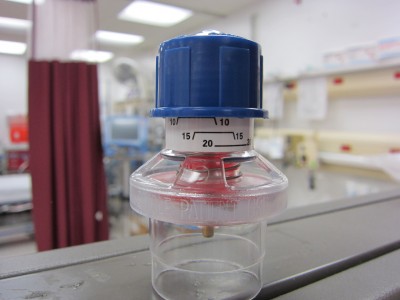- Joined
- May 29, 2015
- Messages
- 2,402
- Reaction score
- 6,276
Despite rusteds giggle at this comment, I absolutely take it into account. The 3rd trimester pregnant lady who was sent in with a positive dimer because some idiot NP ordered it for the chest pain that she had with coughing? Didn't scan. Yeah, dimer is positive but I'm not in good conscience going to cta this woman because of a positive dimer that I never would have ordered.
I documented the hell out of that visit and spent a solid 30 min in the room with the patient but we were all very much on the same page at the end of it.
Also, to address birdstrike's comment, I definitely use decision rules. PECARN springs to mind as something I will always reach for. If the argument is "you should be ordering a test" in those cases, I think we have a fundamentally different way of practicing medicine.
Over age 50? Radiation concerns vanish entirely.
I also disagree. Decision rules exist to reduce unnecessary testing and admissions. 1-2% miss rate (aka 98% accuracy) should be more than completely acceptable. There's more patient harm with getting closer to 100% than a target of 98%.
Obvious case-by-case, but I don't hesitate at all to scan a pregnant female. All recent literature supports that the actual radiation dose is incredibly small and non-harmful.

